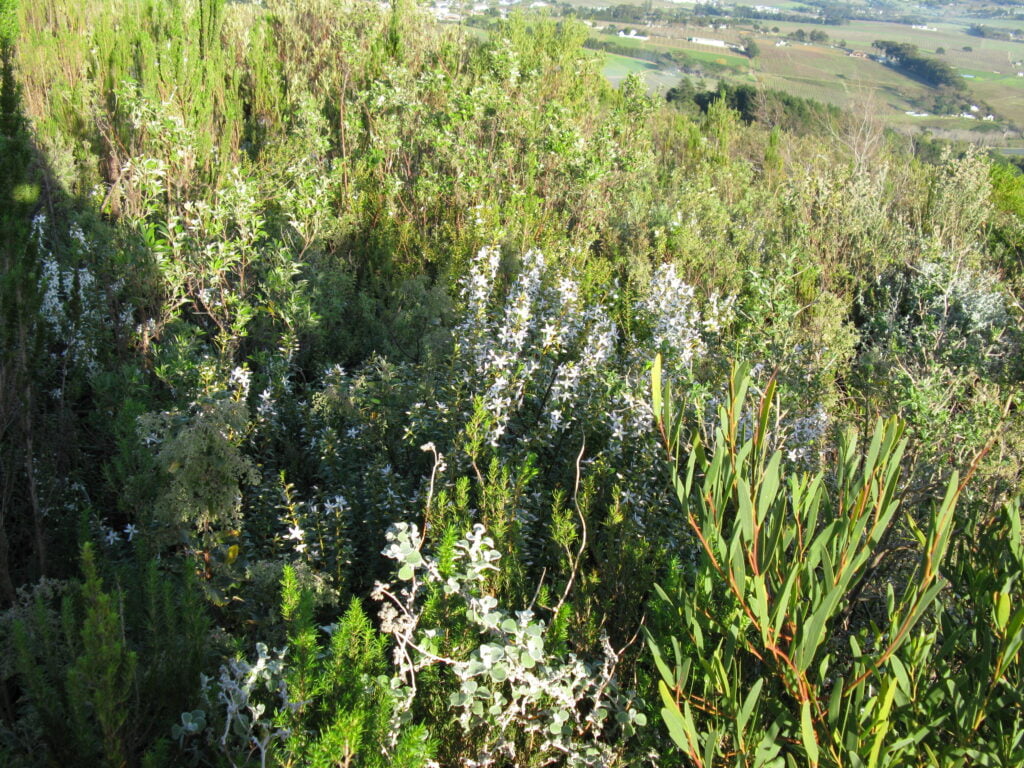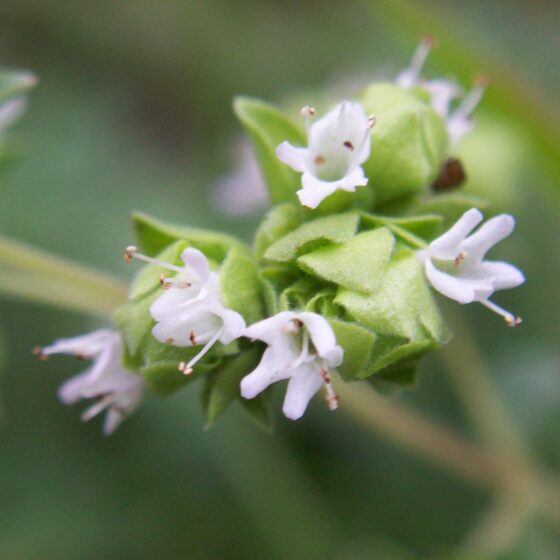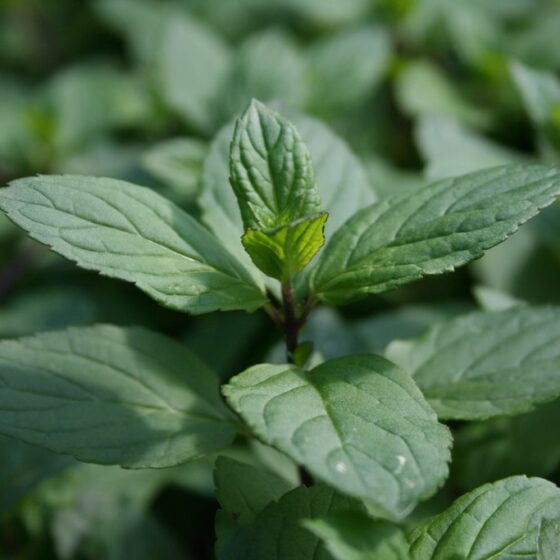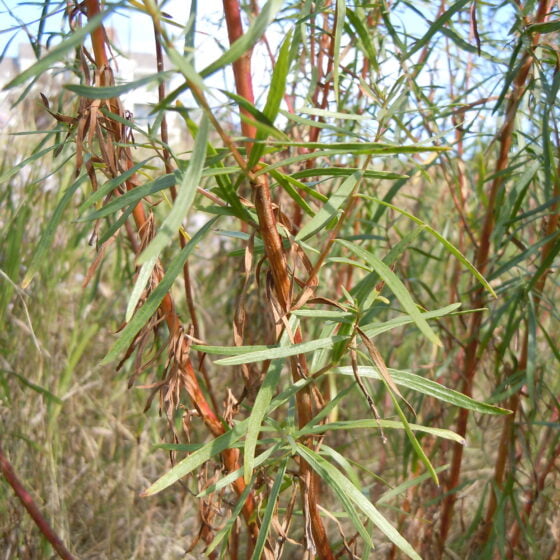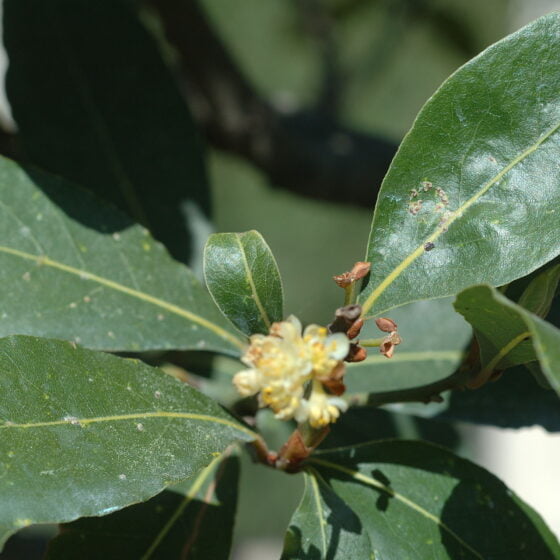
Buchu South Africa
Barosma betulina
General data
Harvest Calendar
- J
- F
- M
- A
- M
- J
- J
- A
- S
- O
- N
- D
Product details Fragrance side
Buchu essential oil is often used in blackcurrant chords or to accompany mints to give them a fruity facet. This product is thus associated with aromatic woody accords or in reconstitutions of liquorice.
About
Buchu is a heath-type shrub that grows to one meter in height. It shares the Rutaceae family with celebrated citrus trees: lemon, orange, and bitter orange. What makes buchu so unique is its roots, which grow tightly against rocks to collect moisture. The star-shaped flowers may be white, pink, or purple. The rounded, evergreen, aromatic leaves are the morphological feature that led the plant’s being dubbed “round-leaf buchu” or “short buchu.” These leaves have many pockets secreting the essential oil. These pockets form translucent dots on the limb when the leaves are viewed in the light.
An endemic South African shrub, buchu grows in the mountains of the Cape Province. The indigenous peoples there use buchu as a medicinal plant and an insect repellent. Some 400 years ago, the Hottentots African tribe used the plant, which they called Bookoo or Buku, to perfume the body. Buchu is part of the British Pharmacopeia. To avoid the destruction of wild plants, the harvest and sale of buchu are regulated by the Cape Town authorities.
To obtain the essential oil, the foliage is pruned during the flowering and fruiting period and then put into distillation.
Fragrance side
Buchu essential oil is often used in blackcurrant chords or to accompany mints to give them a fruity facet. This product is thus associated with aromatic woody accords or in reconstitutions of liquorice.
About
Buchu is a heath-type shrub that grows to one meter in height. It shares the Rutaceae family with celebrated citrus trees: lemon, orange, and bitter orange. What makes buchu so unique is its roots, which grow tightly against rocks to collect moisture. The star-shaped flowers may be white, pink, or purple. The rounded, evergreen, aromatic leaves are the morphological feature that led the plant’s being dubbed “round-leaf buchu” or “short buchu.” These leaves have many pockets secreting the essential oil. These pockets form translucent dots on the limb when the leaves are viewed in the light.
An endemic South African shrub, buchu grows in the mountains of the Cape Province. The indigenous peoples there use buchu as a medicinal plant and an insect repellent. Some 400 years ago, the Hottentots African tribe used the plant, which they called Bookoo or Buku, to perfume the body. Buchu is part of the British Pharmacopeia. To avoid the destruction of wild plants, the harvest and sale of buchu are regulated by the Cape Town authorities.
To obtain the essential oil, the foliage is pruned during the flowering and fruiting period and then put into distillation.
Other type of extracts
(Aromatic)
